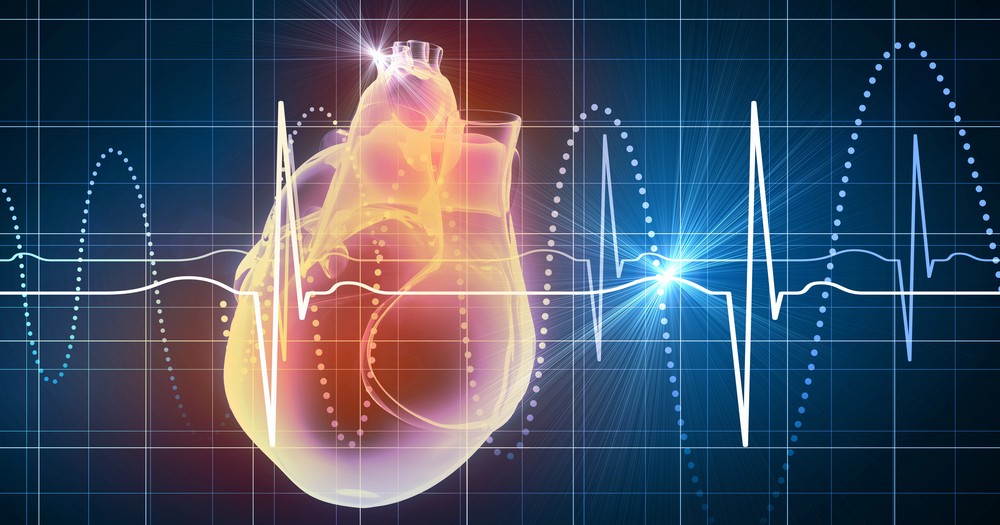New AI tool aims to simplify heart monitoring

Cardiovascular health monitoring has traditionally required complex equipment and specialized expertise, making it challenging for many clinics and patients to access timely and accurate diagnoses. However, a breakthrough by scientists at Scripps Research may revolutionize this process.
By utilizing an artificial intelligence (AI) tool, researchers have demonstrated that accurate heart attack diagnoses can be made using a simplified electrocardiogram (ECG) setup with only three electrodes, rather than the traditional 12-lead system.
How does it work?
The traditional method for diagnosing heart conditions, including heart attacks, involves the use of a 12-lead ECG, which requires multiple electrodes placed around the chest and limbs. This setup captures comprehensive data on the heart's electrical activity but demands specialized equipment and expertise, limiting its availability in many healthcare settings.
The new AI tool developed by Scripps Research scientists addresses this challenge. By analyzing data from over 600,000 12-lead ECGs, the AI algorithm was trained to recreate a full 12-lead ECG using data from just three strategically placed electrodes. The researchers tested various combinations of electrodes and found that including one chest lead, along with two limb leads, provided the most accurate reconstruction of the full ECG data.
Cardiologists were then asked to interpret ECGs generated by the AI tool alongside traditional 12-lead ECGs. Remarkably, they were unable to distinguish between the two and identified heart attack indicators with nearly the same accuracy — 81.4% for the AI-generated ECGs compared to 84.6% for the original ones.
Why does it matter?
The implications of this research are profound. By simplifying the ECG process, the AI tool can make heart monitoring more accessible to patients who live far from specialized medical facilities.
"This opens up the door to patients being able to get really high-quality, time-sensitive clinical data without traveling to somewhere that has a 12-lead ECG," says Dr. Evan Muse, the lead of cardiovascular genomics at Scripps Research Translational Institute.
This advancement could reduce costs and improve patient safety by allowing for quicker and easier diagnoses in a variety of settings, from local clinics to emergency situations. The potential to democratize access to essential heart monitoring tools is a significant step forward in global health.
The context
This research is part of a broader effort to leverage AI in the field of cardiology, aiming to enhance the capabilities of traditional diagnostic tools. In recent years, there has been a surge in the use of AI to improve the accuracy and accessibility of medical diagnostics. For instance, in 2023, a team at Scripps Research demonstrated that a single ECG patch could predict the risk of atrial fibrillation when worn for two weeks.
"This new work is just one example of how we can use AI to enable things that we could never do in the past," notes Dr. Giorgio Quer, director of artificial intelligence at Scripps Research.
While more research is needed before the AI tool can be widely adopted in clinical settings, its potential to transform heart monitoring practices is clear.
By simplifying the technology required for ECGs, this AI tool could play a pivotal role in ensuring that more patients, regardless of location or resources, receive timely and accurate heart health assessments.
As Dr. Eric Topol, director of the Scripps Research Translational Institute, aptly puts it, "This is an optimal case for AI-taking a few leads of the (12-lead) electrocardiogram — to make it remarkably informative, which has big practical implications for patients in the future."
💡Did you know?
You can take your DHArab experience to the next level with our Premium Membership.👉 Click here to learn more
🛠️Featured tool
 Easy-Peasy
Easy-Peasy
An all-in-one AI tool offering the ability to build no-code AI Bots, create articles & social media posts, convert text into natural speech in 40+ languages, create and edit images, generate videos, and more.
👉 Click here to learn more



